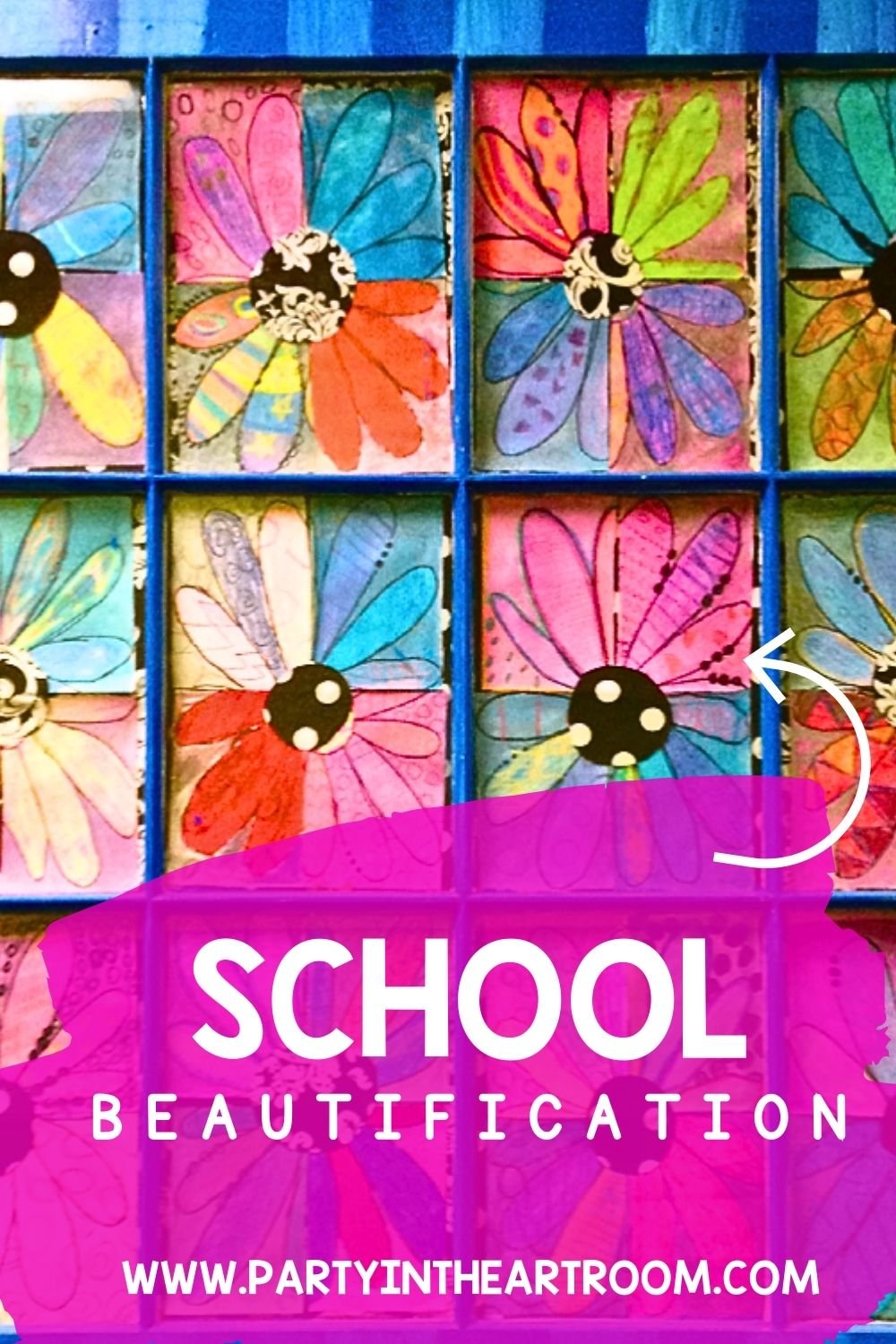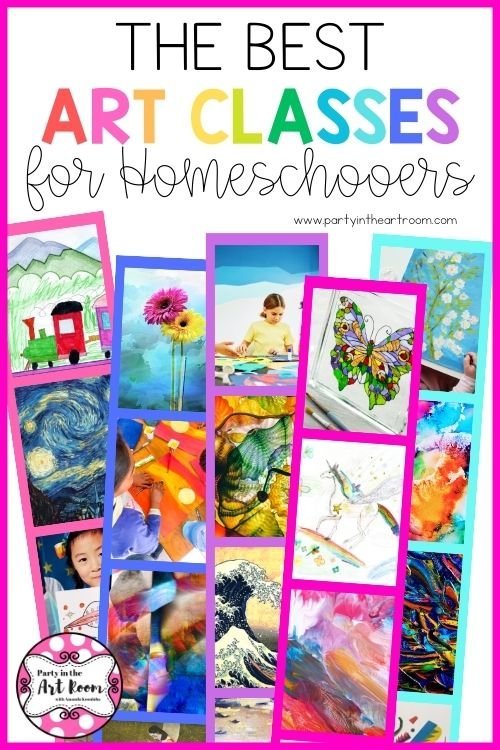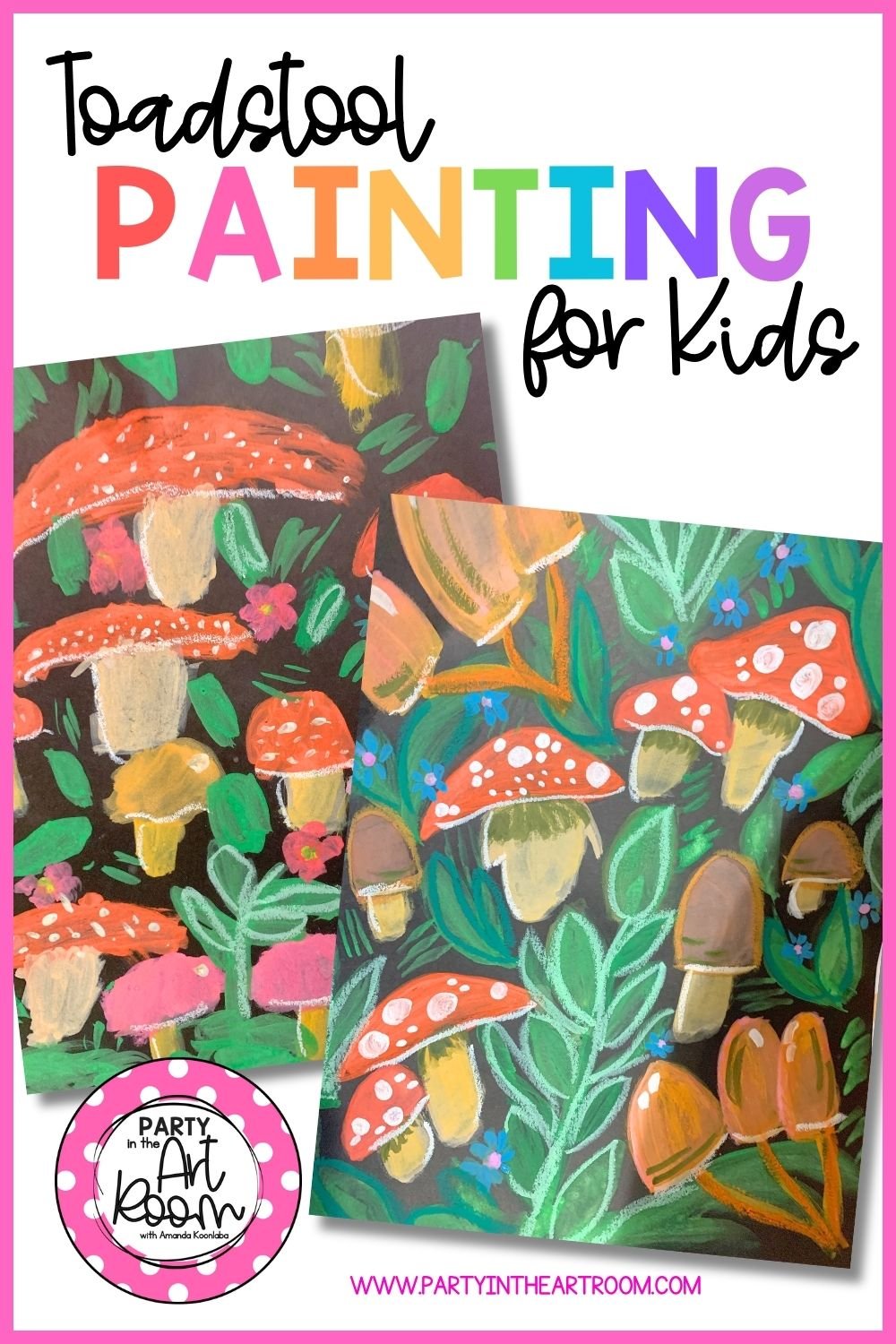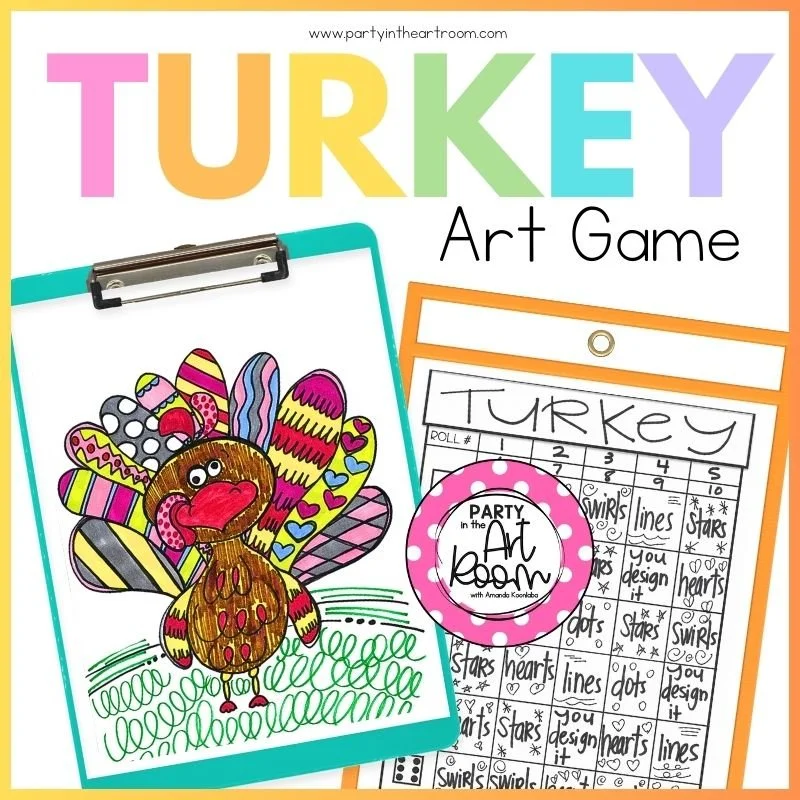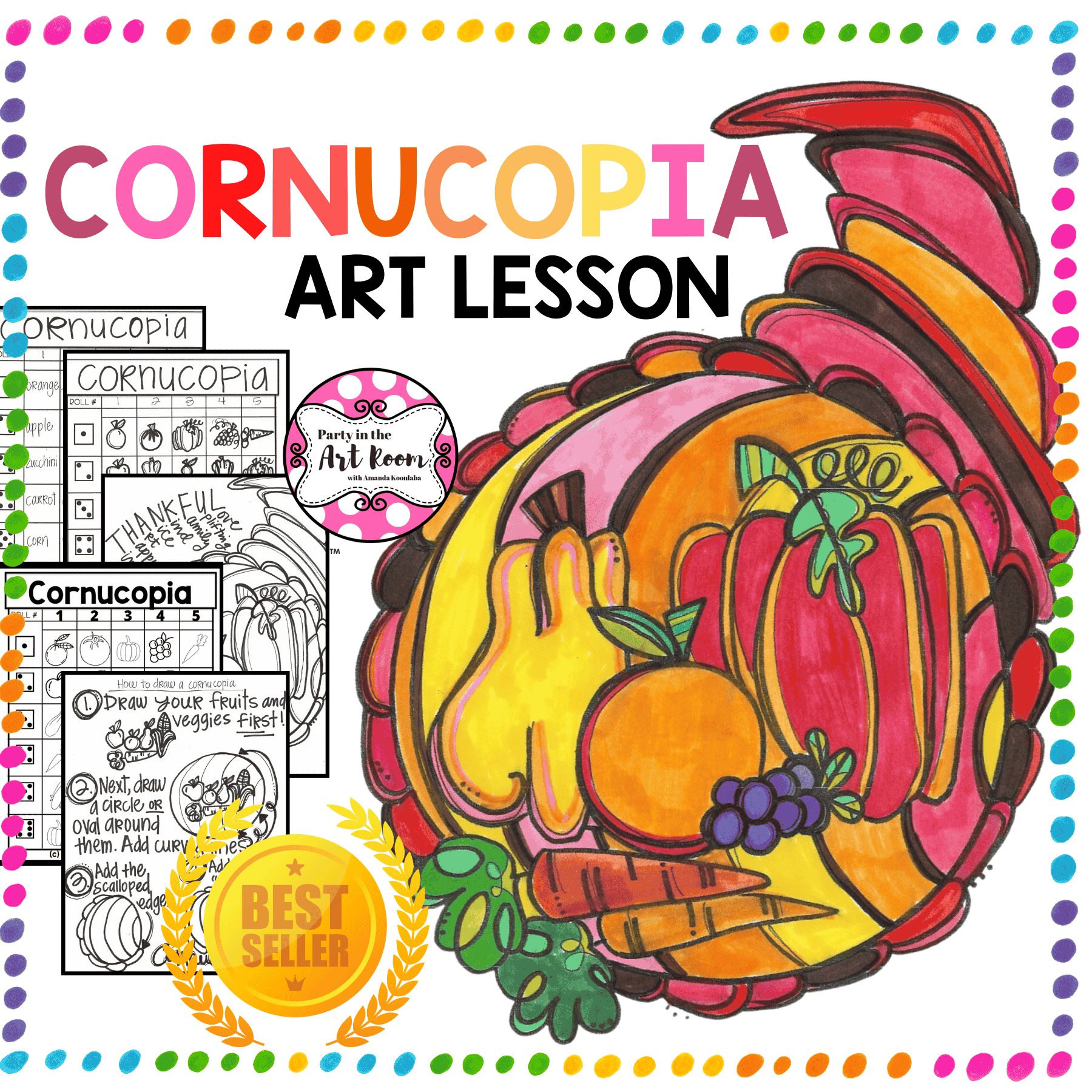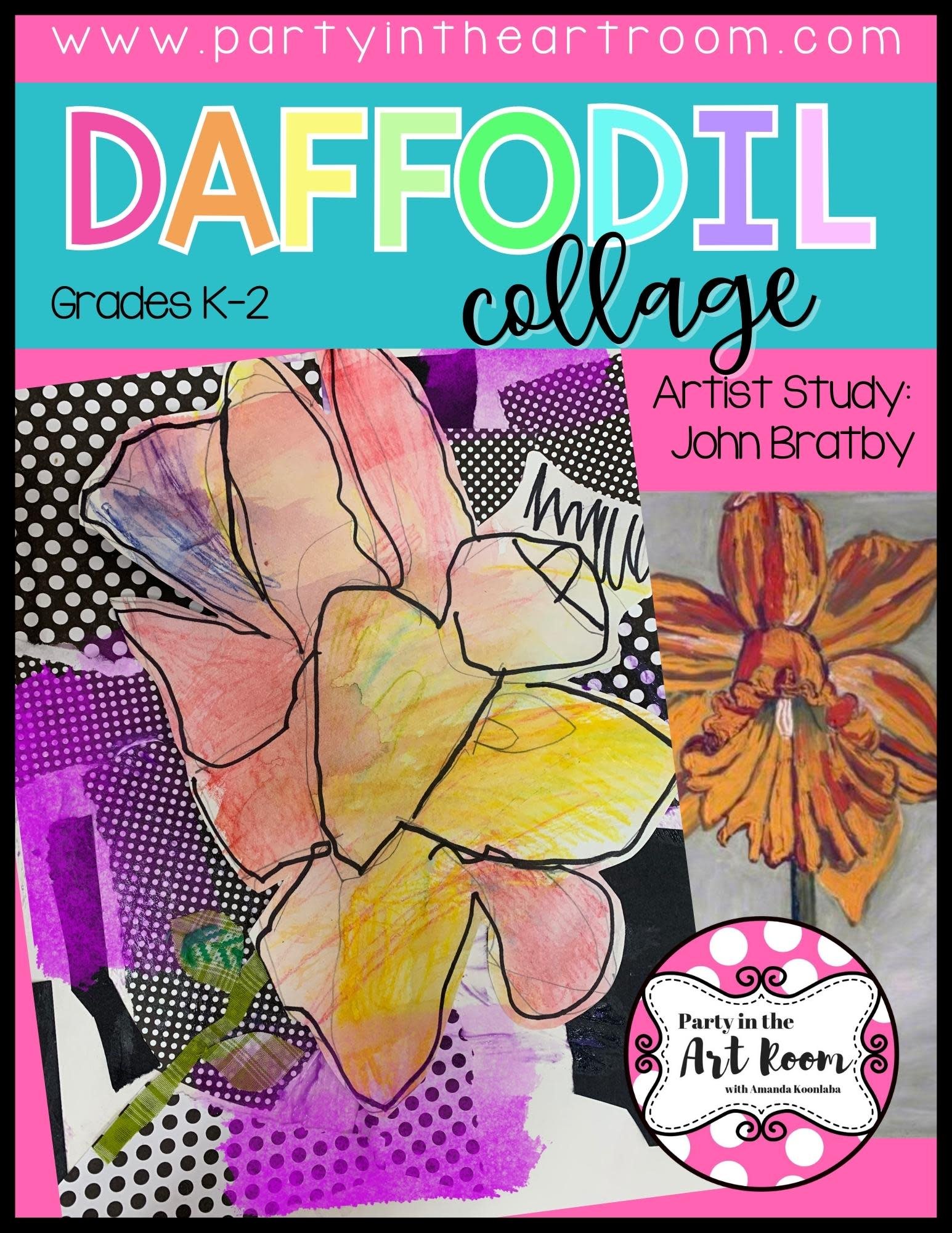Unique Elementary School Beautification Idea: Collaboration with an Old Window
Art is one of those school subjects that allows students to take what they learn in the classroom and immediately apply it to make an impact in their school and their community. School beautification is not only a fantastic way for students to apply their skills in the real world, but it is also a way to improve the school building and bring color and whimsy to places that are often drab.
The Benefits of School Beautification
Increase Student Engagement and Belonging
Who wouldn’t want to come to a beautiful building every day to learn and teach? School beautification is a proven way to increase student engagement and make every child feel like they belong. With more and more students feeling disconnected from the school environment each year, school beautification projects can make a huge impact by making students feel like they are welcome and respected in the school building.
Improve Community Pride and School Spirit
When a building looks beautiful, everyone involved can feel proud of it. Transforming part of the school into a living and breathing art project can make students and staff feel proud of the school community that they have collectively built. When students create an art installation in their school building, they will begin to feel a sense of ownership over both their work and their school building as a whole. This can lead directly to an increased sense of school spirit, something that many educators see as lacking in the post-COVID era.
Grow a Universal Respect for the School Environment
Studies show that people are less likely to damage, vandalize, or destroy aesthetically pleasing things. Taking steps to beautify your school can help foster respect for the school environment. Students, staff, and visitors will all see the effort that others made to make the building more inviting and their respect for the school will grow.
Creative Collaboration – Turn a School Window into a Collaborative and Colorful Art Installation
In addition to providing an opportunity for students to create a piece of art that will beautify their school, this creative collaboration window project can teach young artists the value of teamwork, empathy, and patience.
While this specific project was done with a donated window you can apply the same plan to a window already in the school or even directly to a wall. The other nice thing about this project is that it's completely scalable to the number of kids in your art program as well as their ability levels. While I used this activity to get everyone involved, you may not have access to this many students who can collaborate on one singular project. Doing this project with your twist is a great way to make it even more personalized for your school.
To begin, I had a group of 5th-grade students measure the spaces available in the openings of the window. During my project, the window was split into 12 individual panes. I had students measure the panes of glass and cut watercolor paper to fit over each pane. I then had students draw large flowers on those measured papers with a pencil and then outline their designs and permanent markers. Once the flowers were drawn on the measured paper, I had students cut each flower in fourths with the center of the flower being in the corner of each of the four papers.
Now that each flower was divided into fourths, it was time for my younger students to get in on the fun by drawing patterns and designs on each flower section with construction paper crayons and liquid watercolors.
After each of the flower sections was filled with wonderful designs, I had a group of fourth graders reassemble the flower sections into full flowers by arranging them over black and white fabric. I encouraged students to pair together flower sections randomly to create a more abstract and colorful look. Once all the flowers were rearranged, I had my students paint the window frame and adhere the flower designs to the back of the window. The finished product is it colorful and collaborative piece that gives the feeling of stained glass.
This collaborative project had students use skills that they had been practicing all year long. Not only was it a great way for students to practice their new skills, but it helped all students feel ownership over this one piece of art. This collaborative project fostered social skills that students needed to communicate with their peers while also giving students an opportunity to give back to their school community.
You Might Also Be Interested In:
Perfect for anyone who thrives on hands-on, visually engaging activities, the Social Emotional Skills with Vincent Van Gogh pack brings art and emotion together to support holistic growth. Ready to make a meaningful impact on your homeschool journey?
Affiliate Disclosure: Party in the Art Room is supported by its audience. When you purchase through links on this site, a commission may be earned.Hi! I’m Amanda. Teaching children to be creative thinkers is my greatest joy. I’m here to help you bring that same joy to your classroom.
This guide is packed with 25 ideas for using art to teach math and ELA. It’s arts integration for the win!
I want all students to feel successful in the art room, so I created a standards-based Daffodil Collage lesson to do just that! The lesson includes an artist study, student reflection, and more, so push your artists to their full potential.
